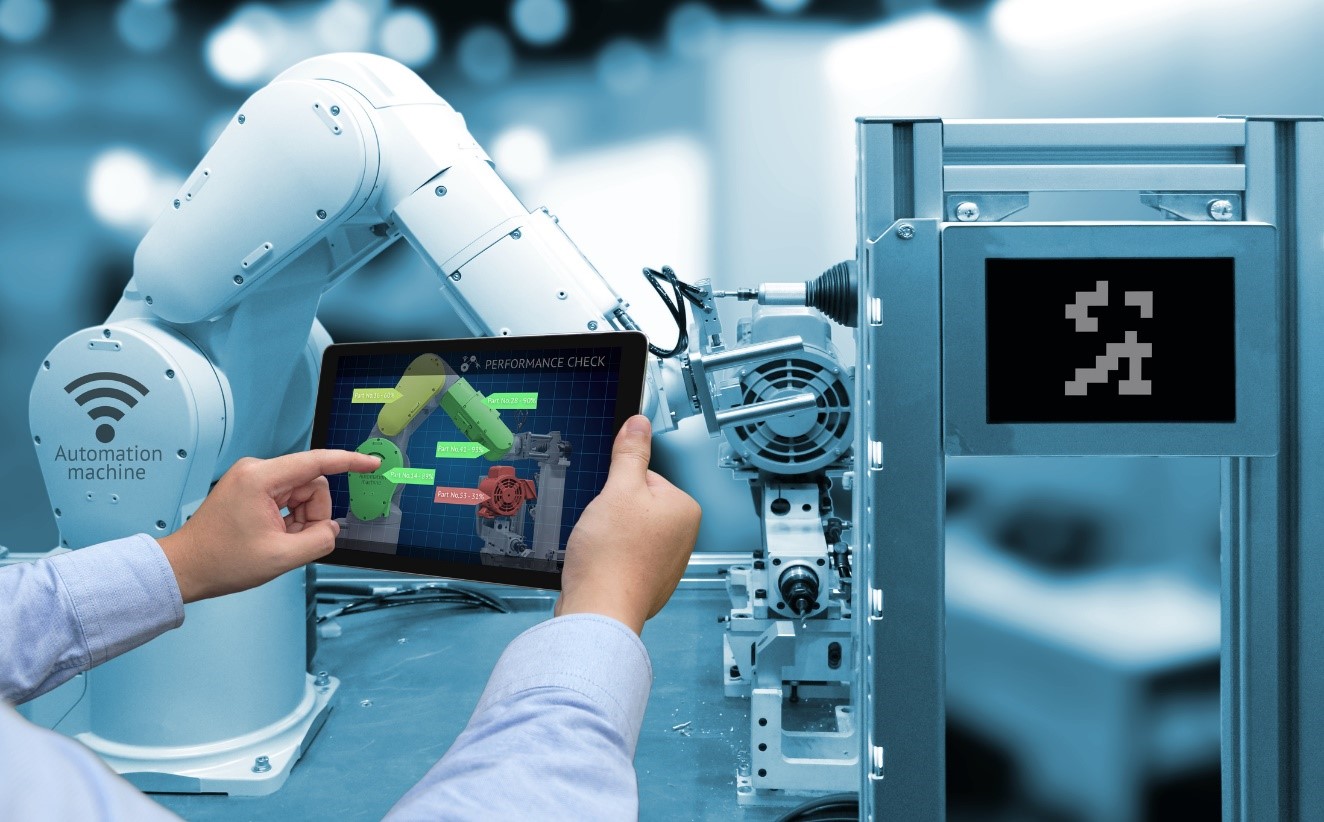Civil engineering is the backbone of civilization. This has been true ever since we got together to build roads and irrigation canals. Technology has been advancing quickly on many fronts, though most tend to focus on the flashiest innovations like Mars rovers and the promise of artificial intelligence that rivals human beings in ability. Let’s look at some of the greatest engineering advancements occurring today.
https://www.youtube.com/watch?v=z0N9q_HDtuU
Changes in Infrastructure
It is possible that we’re seeing an end of mega-infrastructure projects like Hoover Dam, Three Gorges Dam and traditional nuclear power plants. One reason why they’re going away is the great risk associated with the project. You invest billions in a dam and hope that it doesn’t silt up before you get enough power out of it to be worth the investment. In the case of conventional nuclear power plants, it costs billions of dollars to build, and operations can be halted by anything from an interruption in the cooling water supply to legislation to lawsuits. Another factor killing these projects is corruption. Mega-projects in the developing world have little to no economic benefit because they tend not to be selected on the basis of real economic benefits, and the potential benefits are eroded by inflated prices for building materials to giving every relative of the dictator an impressive, high paying job on the site.
This is leading to a democratization of infrastructure development. You get more cell phone towers and fewer country-wide networks of phone lines. It leads to more small solar, wind and micro-hydro power installations and fewer massive projects. The cost of these projects is smaller and often in reach of private individuals, and it doesn’t depend on government players approving and building it.
High Power, Zero Emission Vehicles
Electric cars have been around for years. However, their adoption has been hindered by energy storage and power delivery technology. For example, early electric cars had a range of 30 to 50 miles per charge, and it took hours to charge them. This was enough for urban dwellers who could recharge cars at home and work, but it isn’t enough for a long distance trip. Nor could this technology be used in heavy duty vehicles like semi-trucks and cargo-haulers, because the power systems couldn’t generate enough power to get an 18 wheeler truck up a hill. Advances on both fronts and engineering big ideas have led to the literal roll out of high-power, zero emission systems. For example, we’re now seeing electric water-sport equipment, electric semi-trucks and other zero emission systems. These systems cannot yet replace an 18-wheeler carrying a full load cross-country, but it makes inroads into niches where electric just wasn’t good enough a few years ago.
The Internet of Things
The internet of things or IoT is a network that brings massive amounts of hardware into the internet. When you log into an app on your smart phone to verify the front door is locked or look through your digital security camera, you’re utilizing the internet of things. When a smart electric meter in your home can tell you which appliances use the most power and warn when power consumption is higher than average, this is how the internet of things may help us save money over the long run. The goal is to save power and reduce wear and tear on equipment, reducing capital costs. This is why the IoT has been appearing in factories far faster than in private homes. Close monitoring of motor vibration, equipment temperature, energy usage and material feed rates allow businesses to maximize production, minimize downtime and quickly identify needed repairs with fewer people. Conversely, the IoT is necessary to match the flow and demand for renewable energy to the highly variable supply of renewable power.
